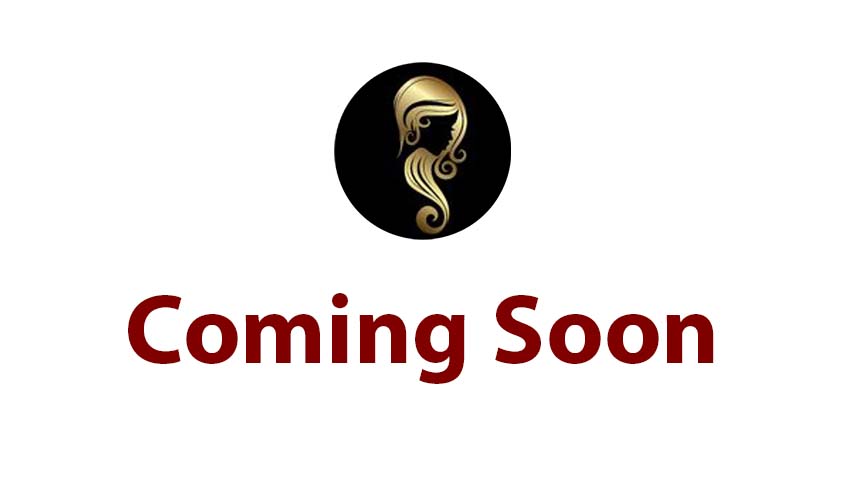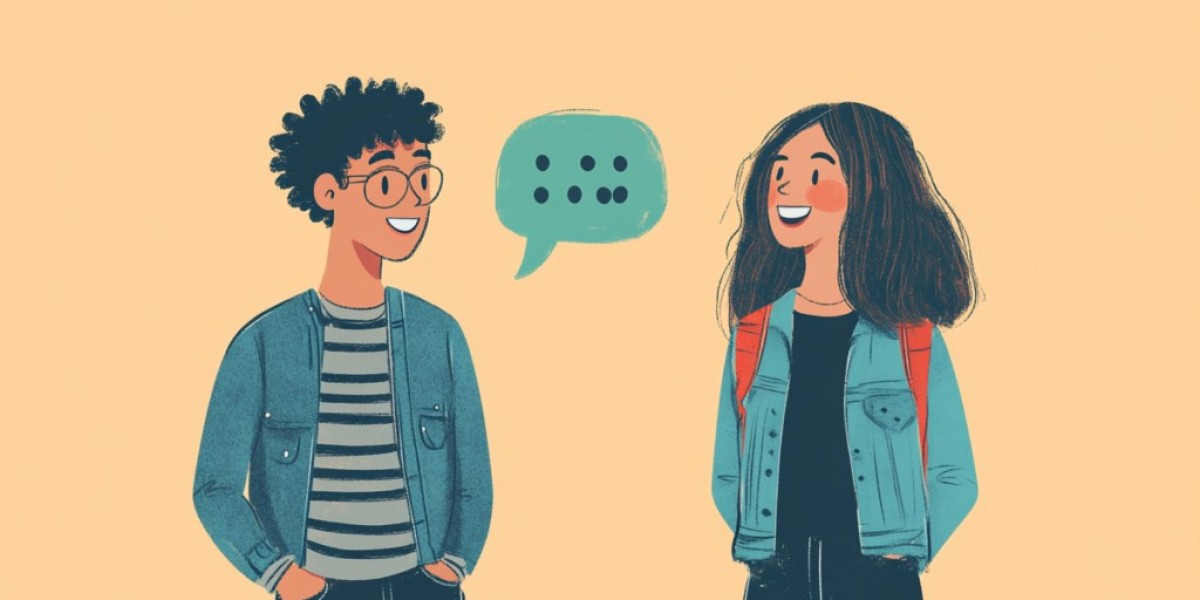A simple “Hello” or “How are you?” might seem straightforward in one country but carry a range of meanings, expectations, and social nuances elsewhere. Understanding these cultural differences is essential for effective communication, especially in today’s globalized world where interactions span continents and languages.
Greetings as Social Rituals
At their core, greetings are more than words — they are social rituals that establish connection, respect, and sometimes hierarchy. The response to a greeting sets the tone for the conversation and reflects cultural norms regarding politeness, personal space, and emotional openness.
For example, in many Western cultures, a greeting such as “How are you?” is often used as a polite formality rather than a genuine inquiry. The expected response is usually brief and positive, like “I’m good, thank you.” Delving into personal issues or emotions is typically avoided in casual encounters. In contrast, in some other cultures, greetings serve as opportunities to genuinely check in on each other’s wellbeing, inviting longer, heartfelt exchanges.
Formal vs. Informal Responses
In countries like Japan, greetings and their responses are carefully structured by social hierarchy and context. Formal greetings such as “Ohayō gozaimasu” (good morning) require a polite bow and are often met with equally respectful responses. Informal greetings among friends, however, can be more relaxed, though the expression of feelings during greetings is usually subtle.
Similarly, in many Middle Eastern cultures, greetings are elaborate and extended. Responses often include inquiries about family, health, and wellbeing, showing deep interest and respect. Phrases like “Alhamdulillah” (Thanks to God) are common replies, emphasizing gratitude and positivity even in difficult times.
Physical Gestures and Their Meaning
Responses to greetings also involve physical gestures, which differ widely. In many Western countries, a firm handshake accompanies greetings and responses, symbolizing trust and professionalism. In Latin America and parts of Europe, cheek kisses or hugs are common and convey warmth and friendliness.
However, in cultures such as India or Saudi Arabia, physical contact during greetings depends heavily on gender, relationship, and setting. Here, a respectful nod or placing the hands together in a “Namaste” gesture serves as both greeting and response, emphasizing reverence and non-contact.
Language and Emotional Expression
Language plays a significant role in shaping how greetings are answered. In English-speaking countries, short, routine replies like “I’m fine” or “Good, thanks” prevail. These responses prioritize efficiency and social etiquette.
On the other hand, in many African cultures, greetings and their responses can be quite lengthy, involving storytelling, questions about family, work, and health. This verbal exchange is a way of building relationships and community ties.
In France, responding to “Ça va?” (How are you?) with a simple “Ça va bien” (It’s going well) is common in casual settings. But among close friends, more honest and nuanced answers are expected, reflecting deeper trust.
Humor and Creativity in Responses
Humorous or creative responses to greetings are also culturally specific. In English-speaking countries, witty replies like “Living the dream!” or “Better than I deserve!” can lighten the mood and showcase personality. However, such responses may confuse non-native speakers or those from cultures that value formality.
Understanding when humor is appropriate in responses is key to navigating intercultural communication successfully. For example, in Japan, where politeness and indirectness dominate, playful replies to greetings might be seen as disrespectful or confusing.

The Role of Technology and Globalization
With increasing digital communication, greetings and their responses are evolving. Texting, social media, and video calls often strip greetings down to emojis, gifs, or shorthand like “Hey!” or “Wassup?” This trend influences how people perceive and respond to greetings worldwide.
At the same time, globalization encourages cultural exchange, leading to more awareness of diverse greeting customs. Language learners and global professionals benefit from resources that explain these nuances, helping avoid misunderstandings and build rapport.
If you want to learn more about common and humorous responses to greetings like “How are you?” from different cultures, visit: https://blog.appewa.com/routine-and-funny-responses-to-how-are-you/
Practical Tips for Navigating Greeting Responses
When interacting across cultures, it’s helpful to observe and mimic local greeting customs and responses. Pay attention to body language, tone, and the length of replies. When in doubt, opting for polite, neutral answers and respectful gestures usually works well.
Learning basic greetings and their typical responses in another language also shows respect and opens doors to deeper communication. Even small efforts, like responding with the local equivalent of “I’m well, thank you,” can make a big difference.
Greeting responses are more than simple answers — they are reflections of culture, values, and social bonds. Embracing this diversity enriches our interactions and helps create meaningful connections worldwide.
































